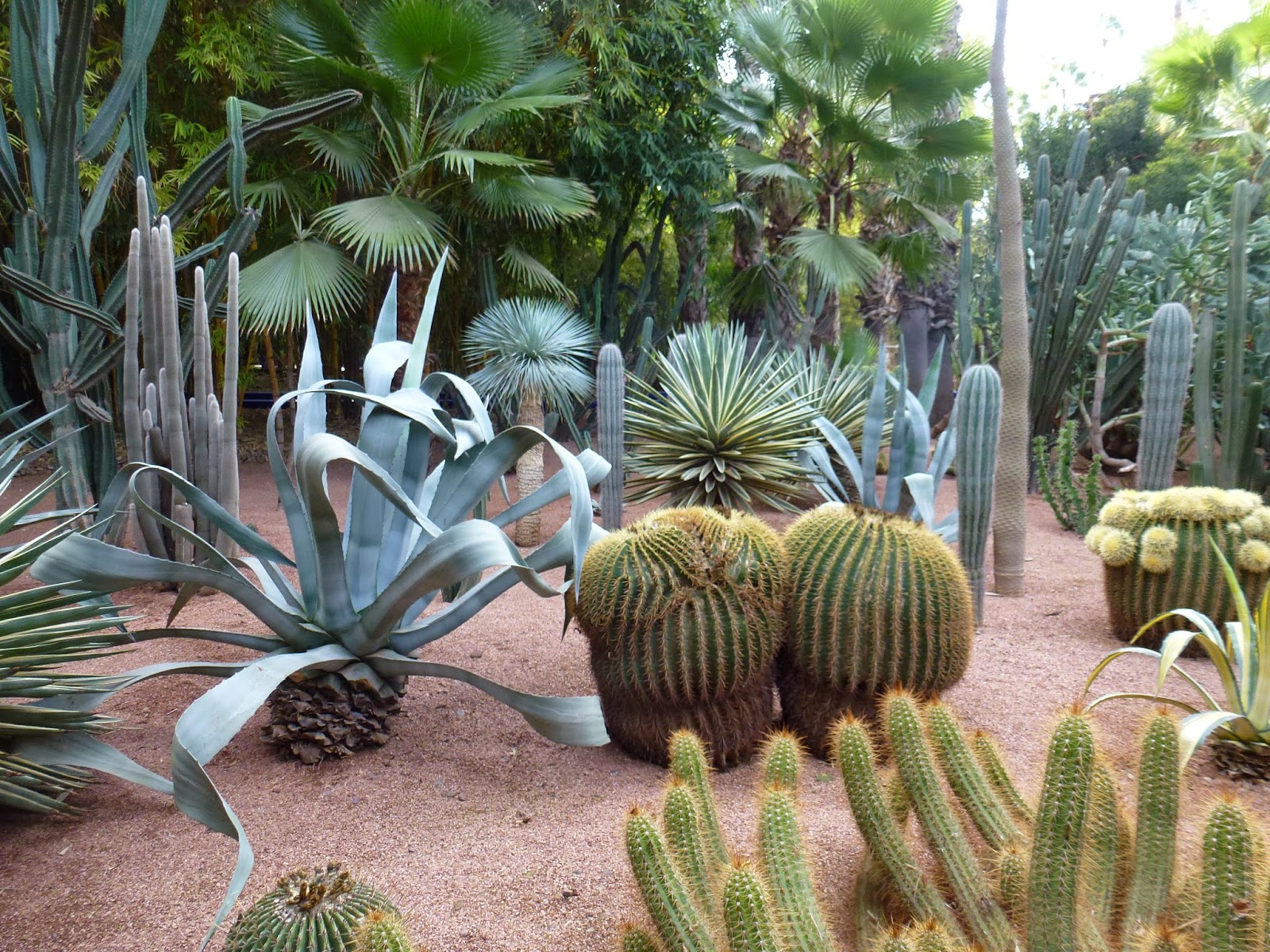Marrakech was founded
in the 11th century. I
asked why because most major ancient cities are near rivers or oceans for
transportation. Here it was for
agriculture. It is sunny 250 days a year
at least and there is little rain. The
saving grace is that the High Atlas mountains just outside the city are snow
covered and with the sun it melts and flows into the arable land below. It is called the red city because of the clay
color and all the buildings must be painted red. The population is about 1.5M, making it the 3rd
largest city in Morocco behind Casablanca (5M) and Rabat (2.5M). This is out of a total population of 32M.
Education and Health:
This is a very literate country.
Education is mandatory until age 16 and the public universities are free
but there is a stiff exam to be admitted.
Health is also free to the major of people, those self-employed. People who work for companies are covered by
insurance and have a better quality of care though private physicians and
hospitals.
Economy and Politics:
The economy was not has hard hit as European because the complex mortgage and
investments that came crashing down were not available in North Africa. Tourism is mostly from Europe, especially
Spain and France. The government is a
constitutional monarchy and the king put in a lot of changes after the Arab
Spring to make it more democratic, and there were not the disruptions seen in
nearby countries like Tunis where it all began.
Religion: Decedents
of Mohammad invaded Morocco in the 8th century to spread the
religion and this was quickly achieved and is virtually universal. There is little Christianity other than
European expats. However, the religious practice
is more liberal than in Saudi Arabia and we saw few women in burkas; most were
just conservatively dressed with a hijab (head shawl). This was much different than when we were in
Abu Dhabi which is more conservative.
We visited the Jewish cemetery and a synagogue. The Jews were Sephardic (coming originally
from Spain, escaping the Inquisition).
There was a group from Israel who used to live in Morocco visiting when
we were there and singing in ululating voices.
Almost all of the headstones were from before 1960 when there was a mass
emigration after Independence.
Food: The food is
Middle Eastern with a French twist. For
dinner we had a Pastilla-a flakey pastry with chicken, cinnamon and nuts with a
dusting of confectionary sugar on top.
Karen had Tagine, a lamb stew with lemons, apricots, nuts. The deserts are French pastries. The Moroccan tea is mint and very good. The food was terrific.
We visited the souk (outdoor market) in the medina (old
city). It was an incredible warren of passageways
where one could easily get lost but still end up in the large central square,
like a maze. In the square were snake charmers-I
held a little one but did not try to charm the Cobra. The fresh meat, free range chickens and fresh
fruits made a colorful and fragrant sight and smell. The haggling over prices, the sound of the
mullah calling to prayer, the musicians playing, people talking makes a cacophony
of sound.
In terms of things to buy at the souk, if you think Walmart
has everything you have not been here.
You can buy everything from a bath to a bird to a tombstone.
Animals: There
are monkeys on leashes, lots of feral cats who look well fed, no dogs yet, buts
tons of chickens who are not long for this world. Other birds of flight are plentiful and
beautiful. Our hotel has them freely
flying around the hallways
Art: Islam does
not permit the drawing of faces; it is sacrilegious, so there are instead
beautiful mosaic patterns and calligraphy as can be seen in the palace we
visited.



















No comments:
Post a Comment